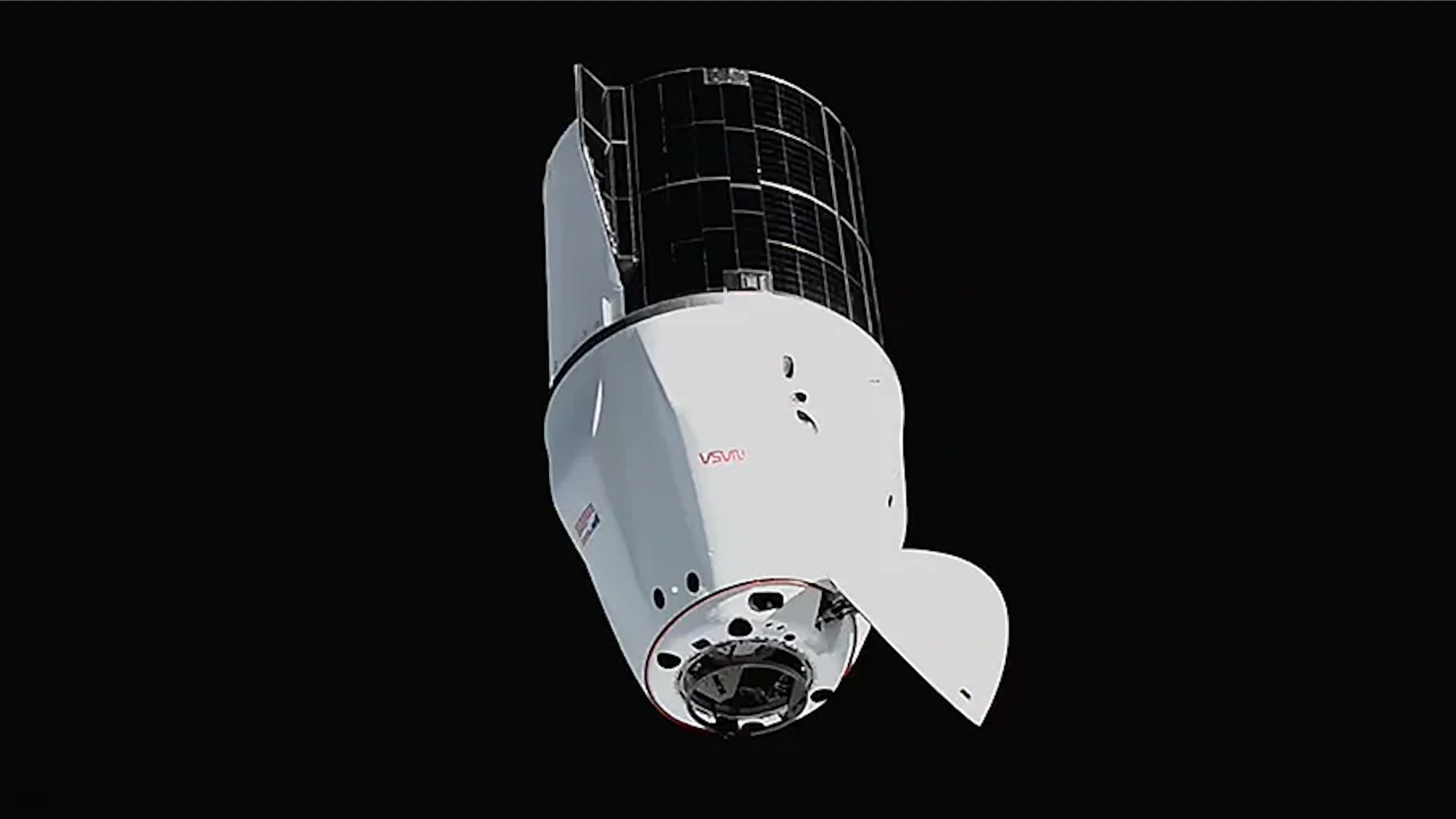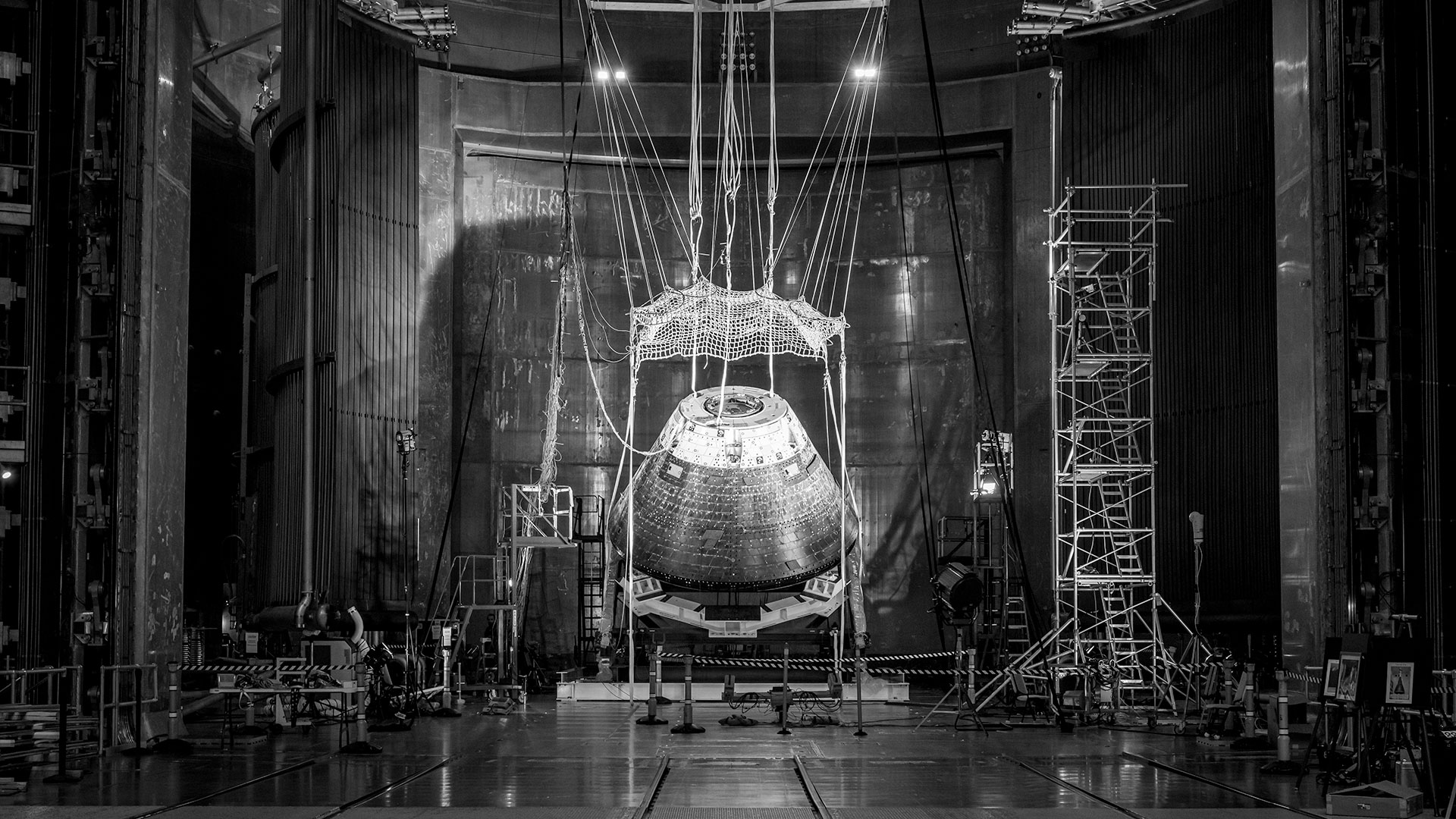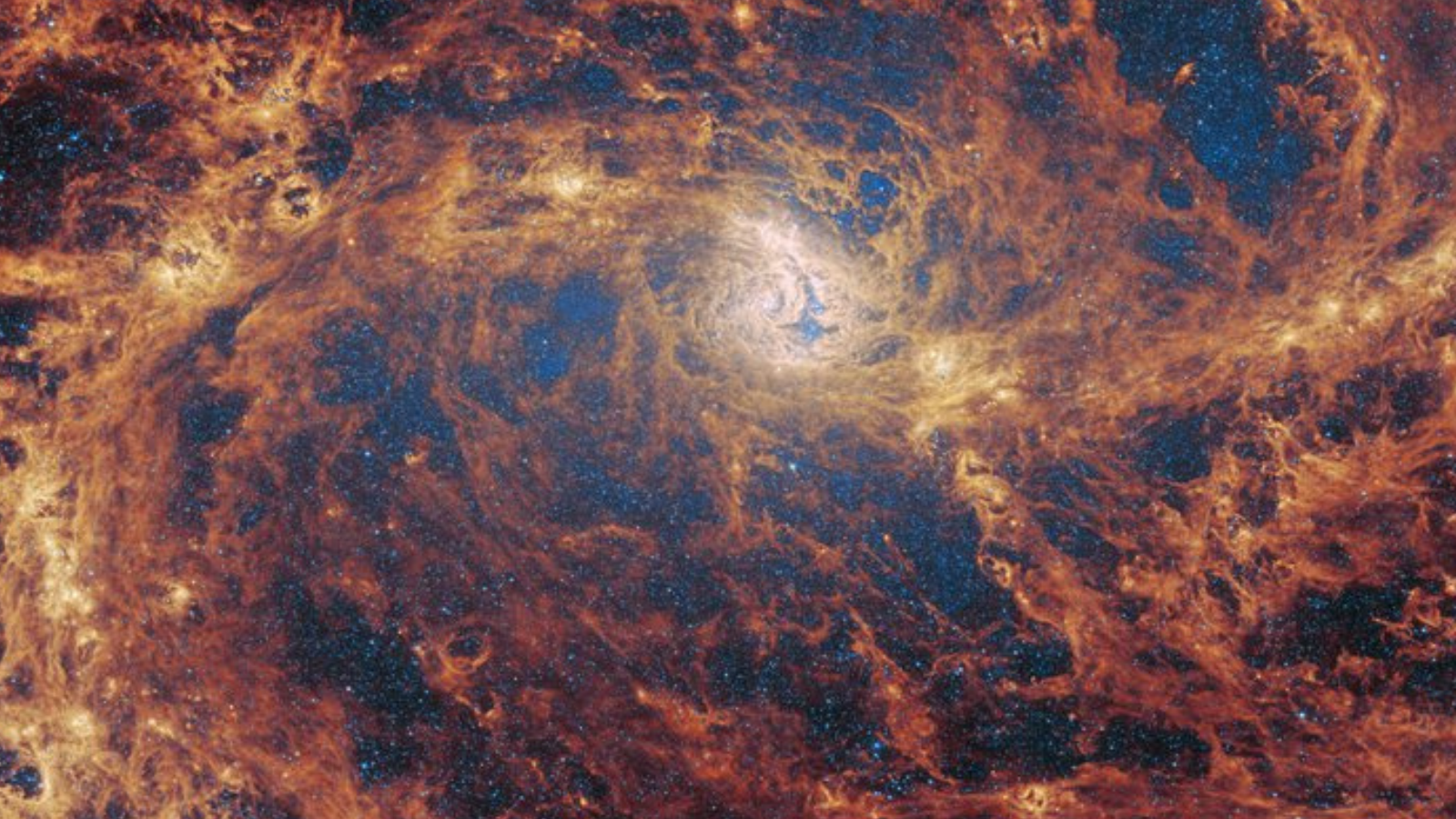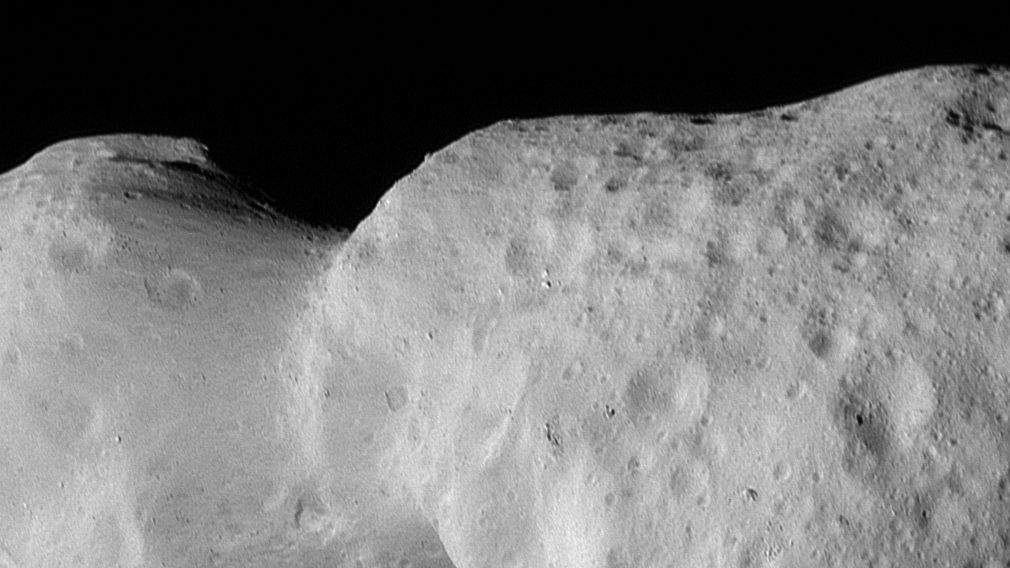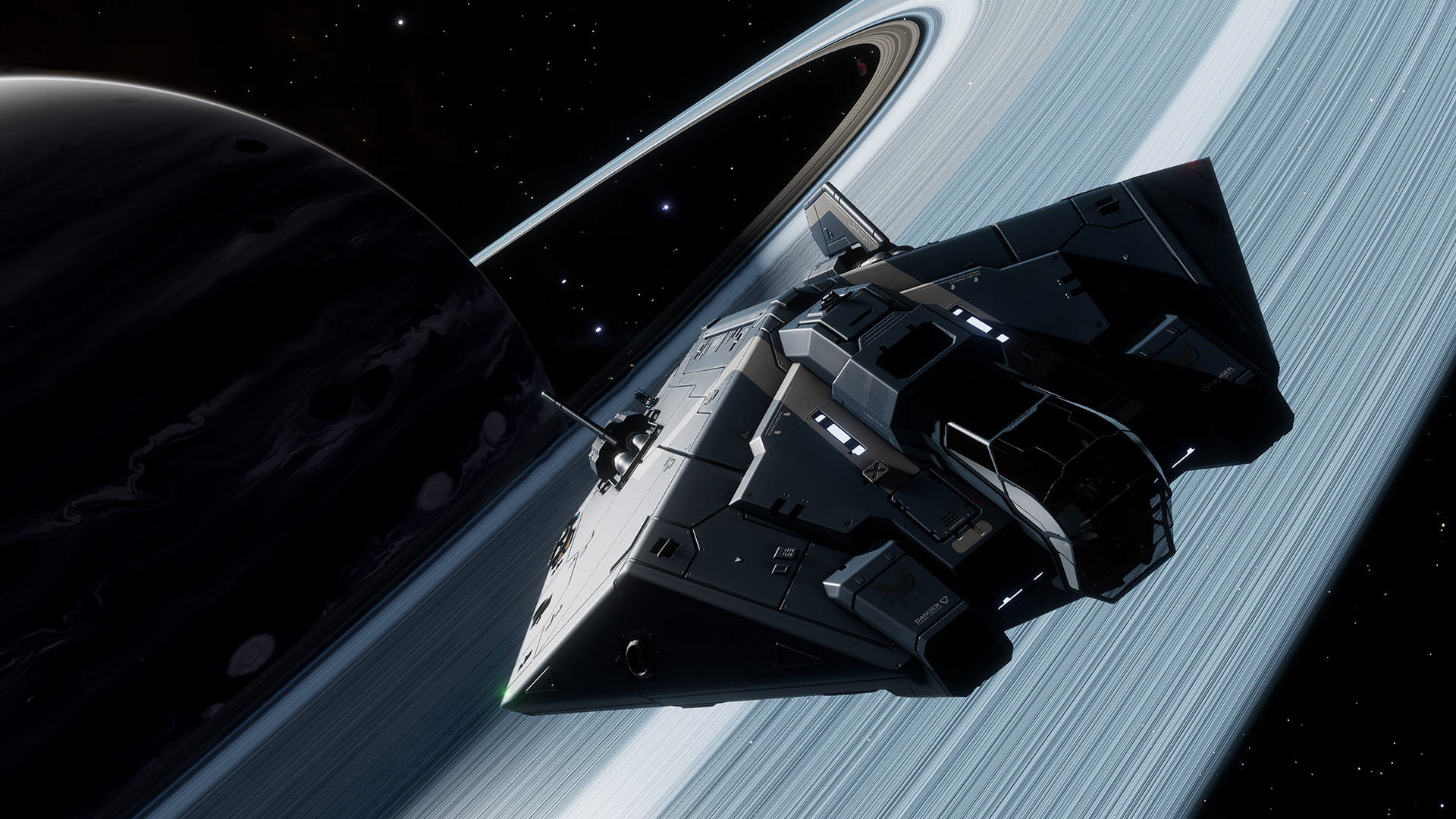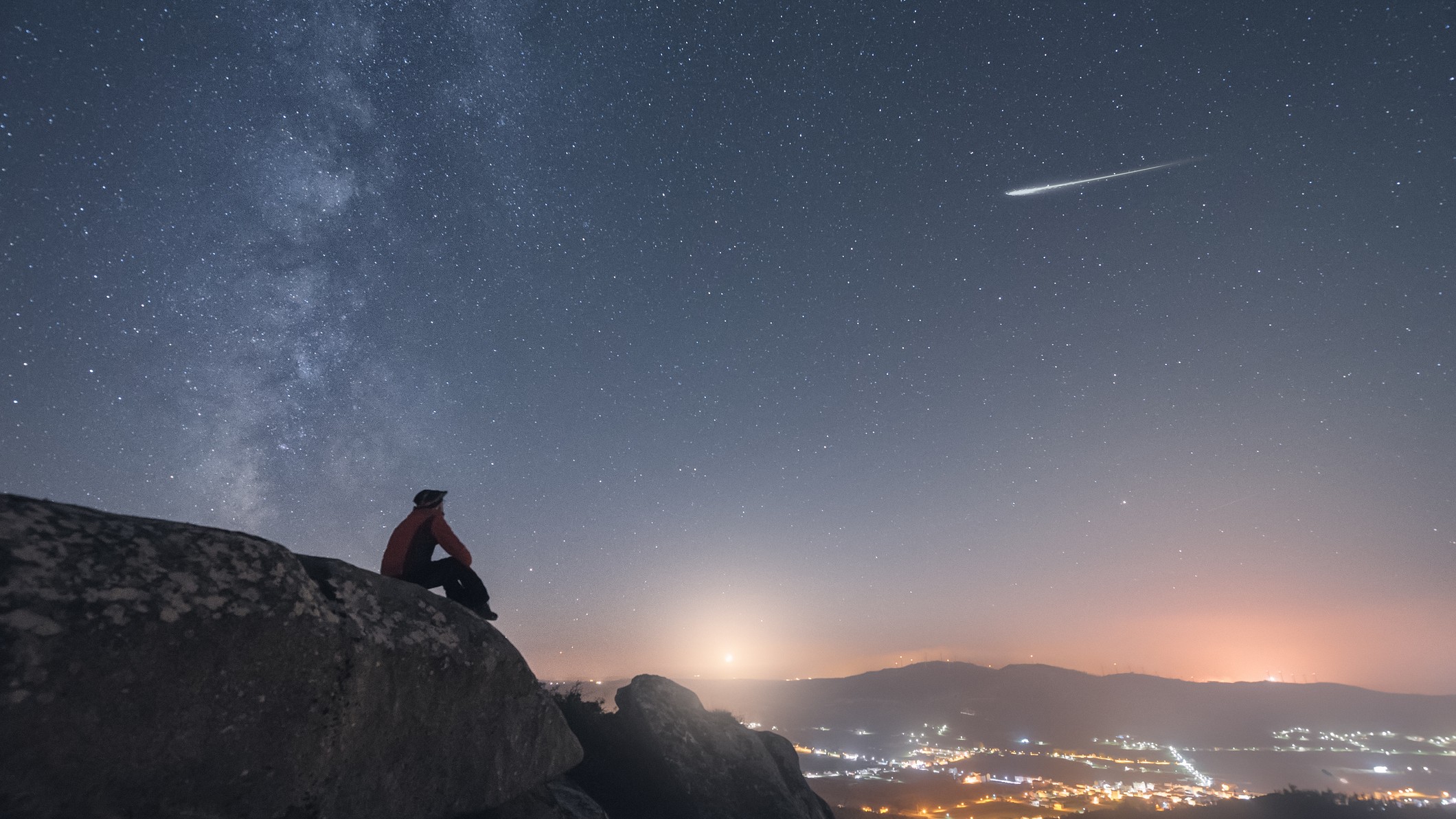Black holes can squash star formation, James Webb Space Telescope finds
"The Spiderweb protocluster is an ideal laboratory for investigating the relationship between black holes and star formation in detail."
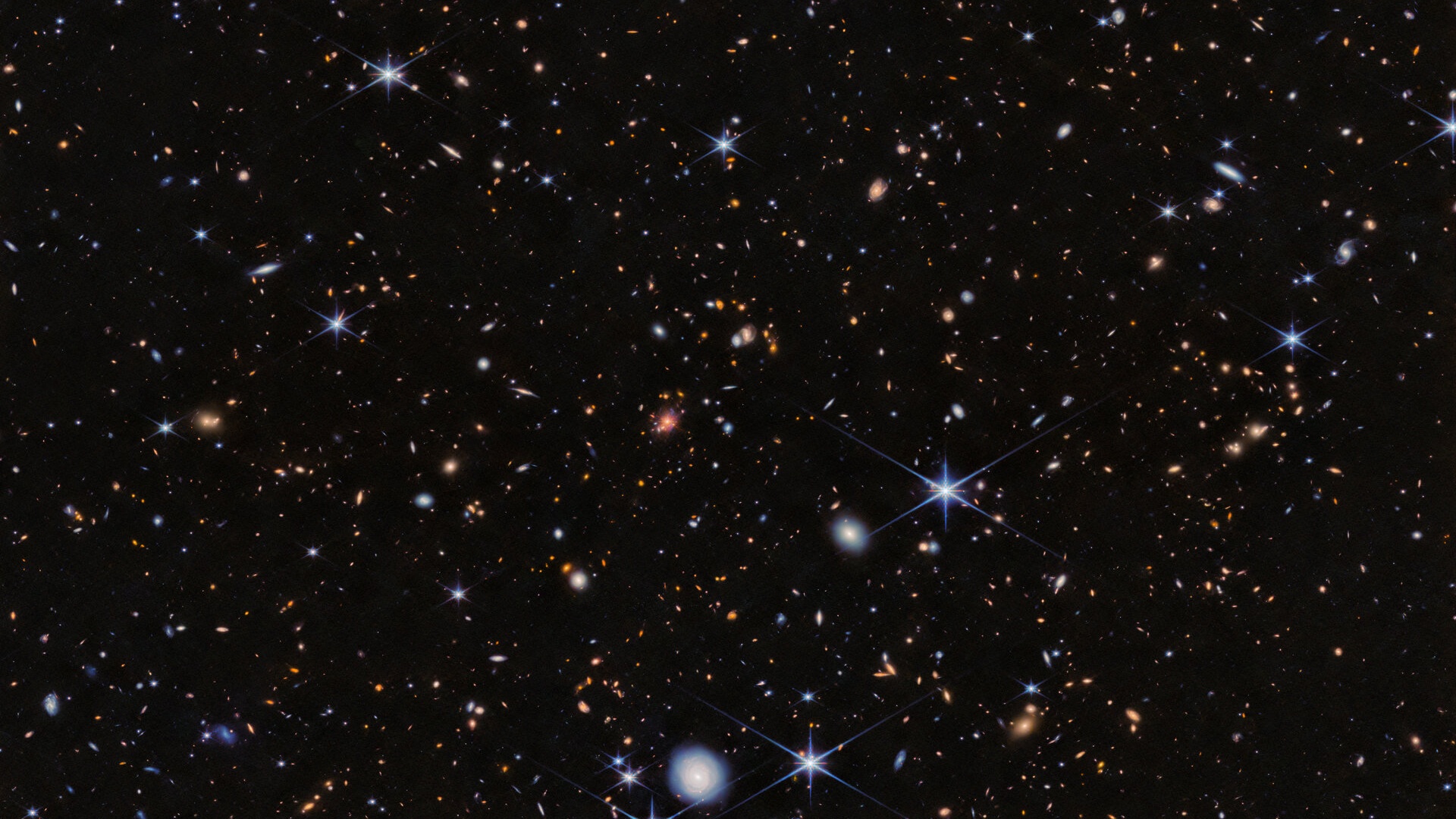
NASA's James Webb Space Telescope found evidence that supermassive black holes suppress star formation in maturing galaxies.
The team used the James Webb Space Telescope's (JWST) Near Infrared Camera (NIRCam), analyzed 19 galaxies that are part of the Spiderweb protocluster, one of the best studied galaxy groups in the universe, which lies some 11 billion light-years away from Earth.
They found that galaxies that appear to have supermassive black holes at their hearts produce stars at a much slower rate than those without such black holes. The findings might help fill a long-standing gap in our understanding of galaxy evolution.
"We succeeded in obtaining high-resolution maps of the recombination lines of hydrogen, which indicate the activity of star formation," Rhythm Shimakawa, an associate professor of astronomy at Waseda University in Japan and lead author of the study, told Space.com. "We found that massive galaxies with active supermassive black holes exhibit no sign of star formation when compared to those without active supermassive black holes."
Stars form when massive clouds of cold hydrogen gas collapse under the weight of their gravity. As the density of matter inside the collapsing cloud increases, its temperature soars. That ultimately triggers nuclear fusion, which brings the stars to life.
This process causes the ionization of hydrogen atoms, a mechanism that emits a specific type of radiation visible in the light spectra obtained by sophisticated instruments such as the JWST's NIRCam.
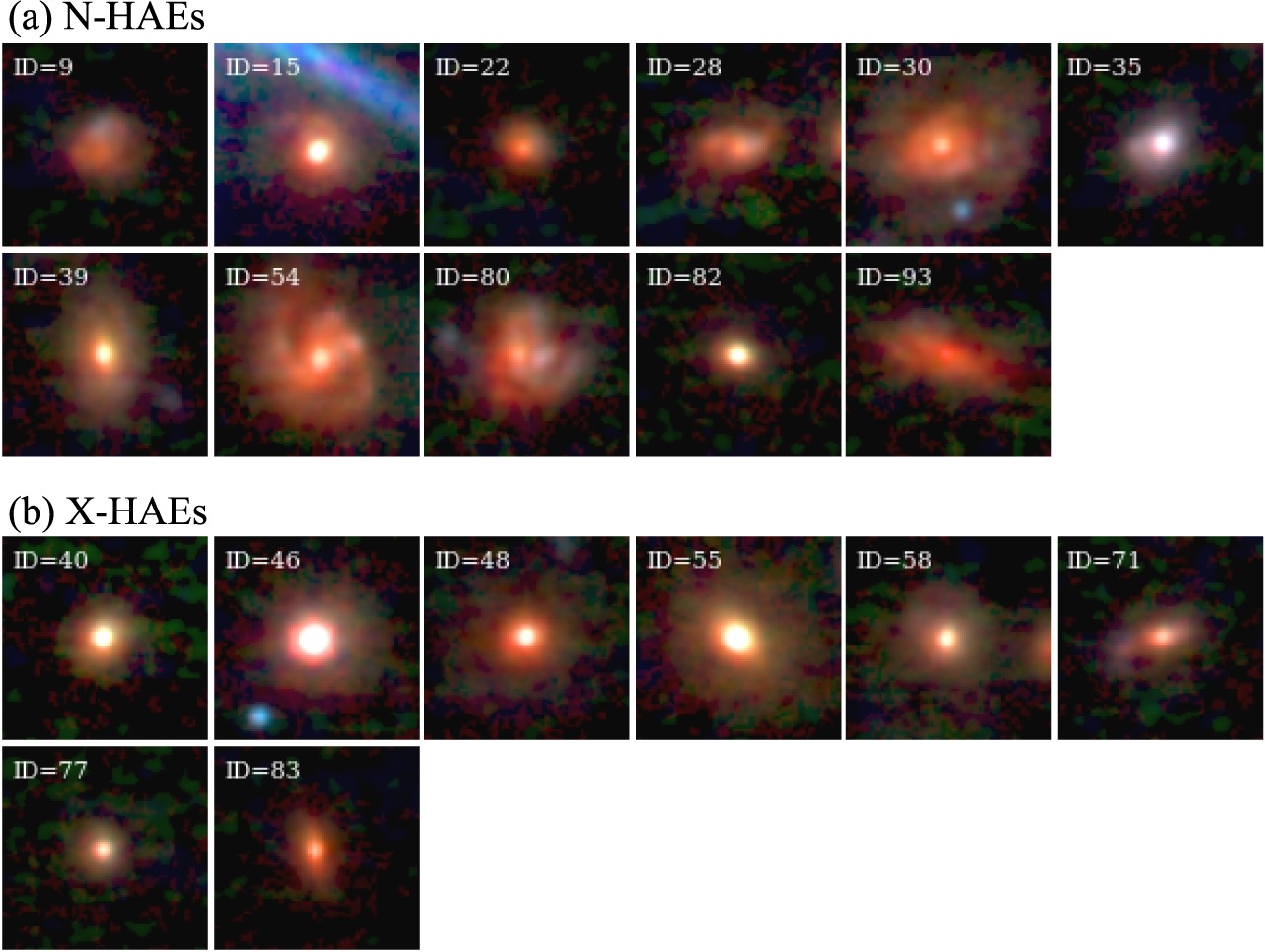
Scientists have long observed that the older galaxies get, the fewer stars they appear to produce. Originally, experts thought that star formation slows down simply because galaxies use up their cold hydrogen gas. However, observations have revealed that some galaxies as young as 1 billion years (our Milky Way galaxy is 13.6 billion years old, for context) already show signs of a star-formation burnout. That is too short a period to allow those galaxies to run out of hydrogen gas through star formation alone.
Get the Space.com Newsletter
Breaking space news, the latest updates on rocket launches, skywatching events and more!
Some astronomers have therefore suggested that, as galaxies grow by merging with other galaxies, the black holes at their centers grow as well, reaching millions of solar masses. (One solar mass is equal to one mass of our sun). As the black holes grow, their ability to suck out gas out of the galaxies would increase. The more massive the black hole, the faster the object makes matter spiral beyond its event horizon, reaching speeds of tens of thousands of miles per second. Some of these black holes spit out some of the accreting gas into intergalactic space in the form of relativistic jets, further stripping the galaxy of the star-bearing medium. The JWST observations of the Spiderweb protocluster, which, due to its vast distance appears to us as it looked less than 3 billion years after the Big Bang, support this theory.
"The Spiderweb protocluster is the first ancient galaxy cluster ever found and has been studied by various research groups for over two decades," Shimakawa said. "There are many massive galaxies [in the Spiderweb supercluster] hosting super massive black holes, which makes it an ideal laboratory for investigating the relationship between black holes and star formation in detail."
Star formation is usually nearly non-existent in large elliptical galaxies, which represent the final stage in galaxy evolution. Unlike spiral galaxies like the Milky Way, with their distinct structures of winding spiral arms, elliptical galaxies are rather shapeless. Scientists think these enormous accumulations of stars rose from smash-ups between younger galaxies. The force of these galactic collisions would've wiped out the neat structures of those predecessor galaxies, turning elliptical galaxies into chaotic regions where stars orbit in random directions. These smash-ups would also have merged the central black holes of the parent galaxies, producing a more massive black hole with each subsequent collision. As a result, the supermassive black holes at the centers of elliptical galaxies are the most massive known black holes.
As matter spirals toward such a supermassive black hole, it emits powerful X-rays that can be observed by other orbiting observatories such as NASA's Chandra X-ray Observatory. By comparing Chandra's observations with the JWST's measurements of hydrogen ionization, the researchers found that galaxies with the most ravenous black holes show the lowest star formation rates.
Scientists have previously seen evidence that supermassive black holes may push gas out of galaxies, but observations of the Spiderweb protocluster are particularly valuable as they reveal a pattern across a larger group of galaxies that are all roughly the same age. Eight of the observed galaxies have active supermassive black holes at their centers while 11 have quieter hearts.
Shimakawa, however, says that not enough is known about the interplay between supermassive black holes and their surrounding galaxies and that other mechanisms could be contributing to the slowing star formation.
The study was published on Dec. 18 in the journal Monthly Notices of the Royal Astronomical Society.
Join our Space Forums to keep talking space on the latest missions, night sky and more! And if you have a news tip, correction or comment, let us know at: community@space.com.
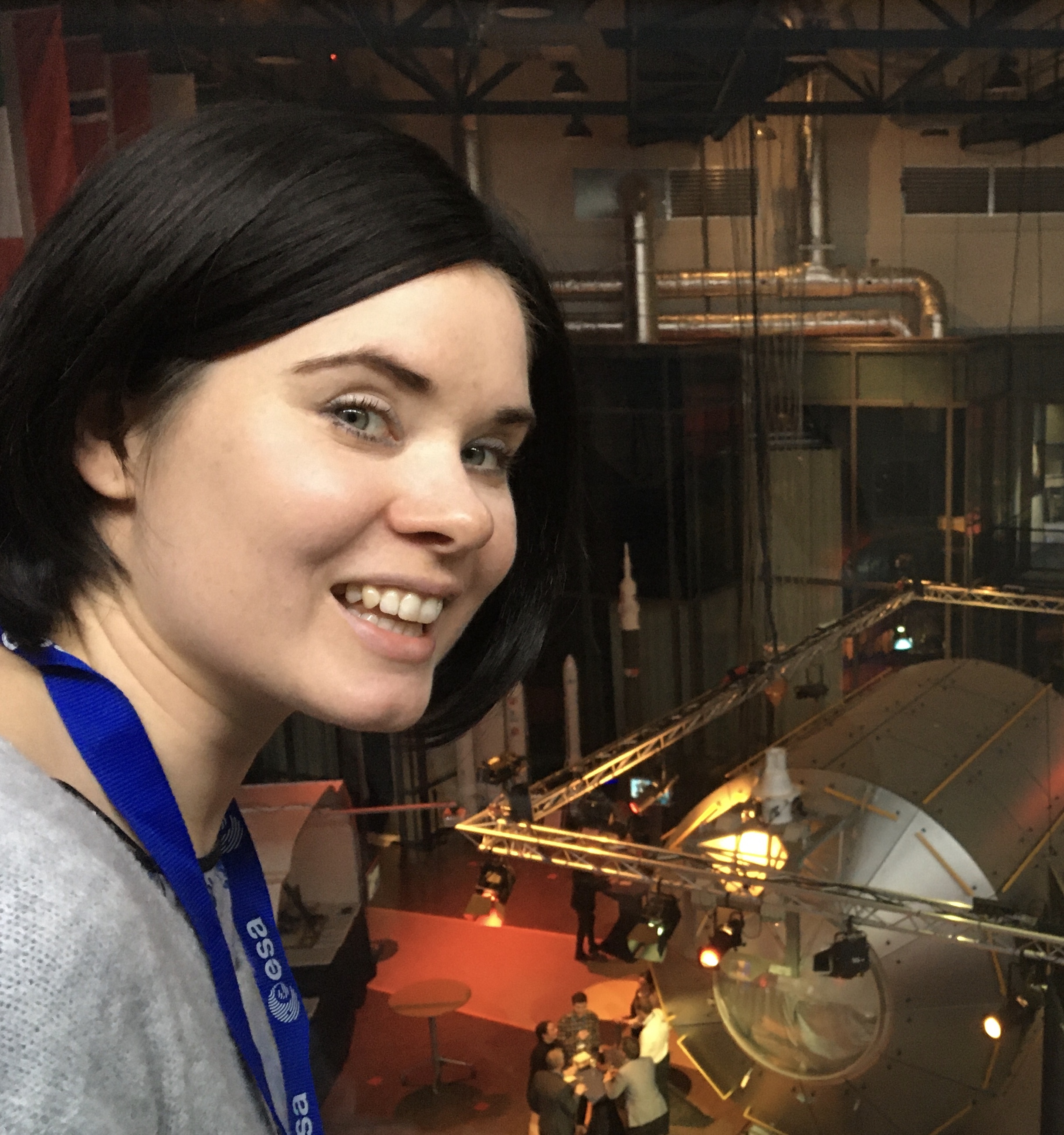
Tereza is a London-based science and technology journalist, aspiring fiction writer and amateur gymnast. Originally from Prague, the Czech Republic, she spent the first seven years of her career working as a reporter, script-writer and presenter for various TV programmes of the Czech Public Service Television. She later took a career break to pursue further education and added a Master's in Science from the International Space University, France, to her Bachelor's in Journalism and Master's in Cultural Anthropology from Prague's Charles University. She worked as a reporter at the Engineering and Technology magazine, freelanced for a range of publications including Live Science, Space.com, Professional Engineering, Via Satellite and Space News and served as a maternity cover science editor at the European Space Agency.
-
danR "Squash"Reply
"Quash", with its sense of "suppress", might be better employed here; and is closer to the paper's frequent use of the word "quench".


